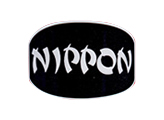Getting the best from your vegetables
Feed, water, harvest bumper crops
Growing vegetables in your garden is so rewarding, but only if you give them what they need while they are growing. Even if your soil is fertile, growing and harvesting vegetables takes nutrients from the soil. It is up to you to make sure there are plenty there at the start of the season, and that they are readily available during the growing season. You feed them and they will feed you.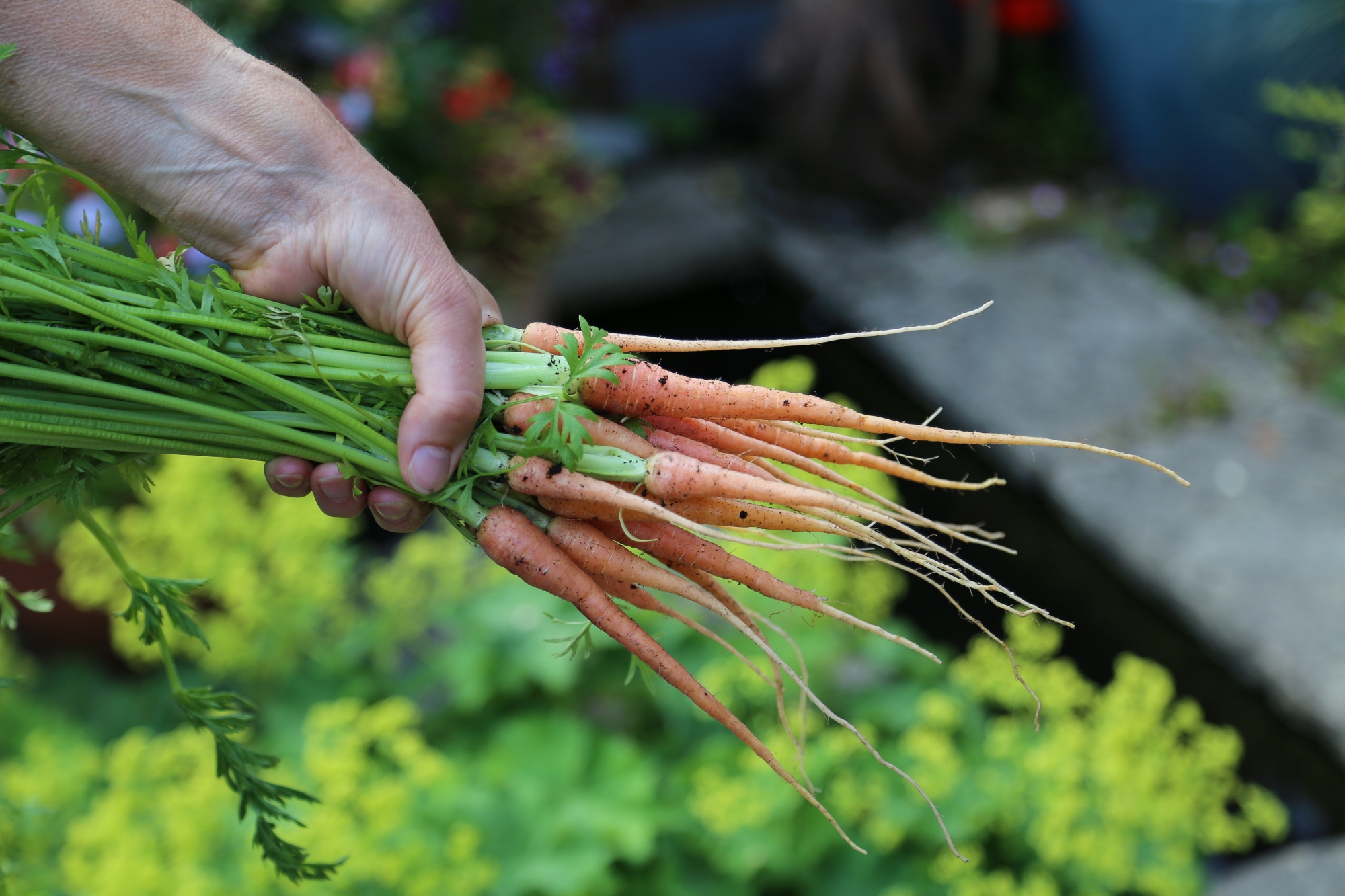
Before planting
Good soil cultivation is essential: dig over the plot thoroughly, before you think about sowing and planting. Using a digging spade is hard work, so try using a smaller border spade, or preferably a garden fork. This breaks up the ground more effectively and is less harmful to beneficial earthworms. Remove any weeds, especially perennial ones, as you go.
Now, to get your vegetables off to the best possible start, spread 6X Pelleted Chicken Manure over the ground and fork it in. It is highly concentrated so it goes a long way. Don’t overdo it; directions on the pack will tell you how much to use. 6X pellets are organic, so they break down slowly in the soil, they also improve the organic content of the soil; that’s the part that helps to retain water and nutrients during the growing season.
Don’t be impatient
It is best to wait a week or so to allow those pellets to work their magic on your soil before you sow seed or plant young vegetable plants. If rain does not fall, watering helps to break down the pellets and improves the condition of the soil ready for sowing and planting. This is particularly important on sandy, dry soils where the surface of the ground dries out quickly.
If the weather is cold, wait a few days until things warm up, particularly in colder areas. All vegetables are best when they grow quickly, rather than suffering checks in growth due to stress. If you start a little later things usually catch up. The only exceptions are salad leaves such as rocket, these grow best in cool conditions, so avoid sowing in hot, dry weather.
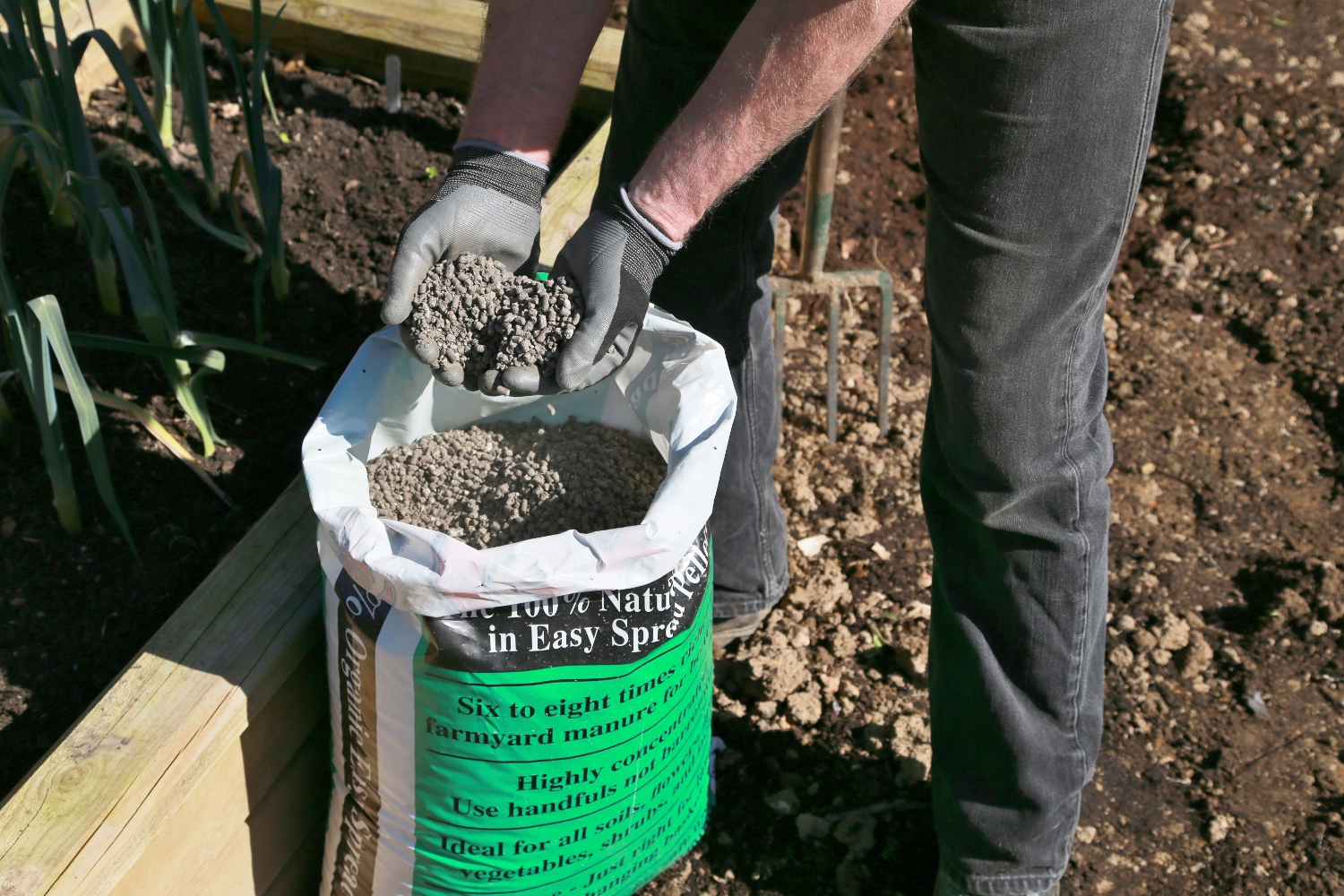
You can reapply 6X pellets during the year when you re-plant after short term crops, such as lettuce and other salad leaves. Using pellets is much easier than applying bulky organic fertilisers between growing plants.
Getting the best from potatoes
Potatoes are easy to grow and, unlike most vegetables, they do well in semi-shade as well as full sun. They are a good choice as a first crop on a new vegetable plot as they help with the conditioning of the ground in the early stages. Potatoes are actually swollen stems, rather than roots. Therefore they require lots of nitrogen and plenty of water if they are to crop well.
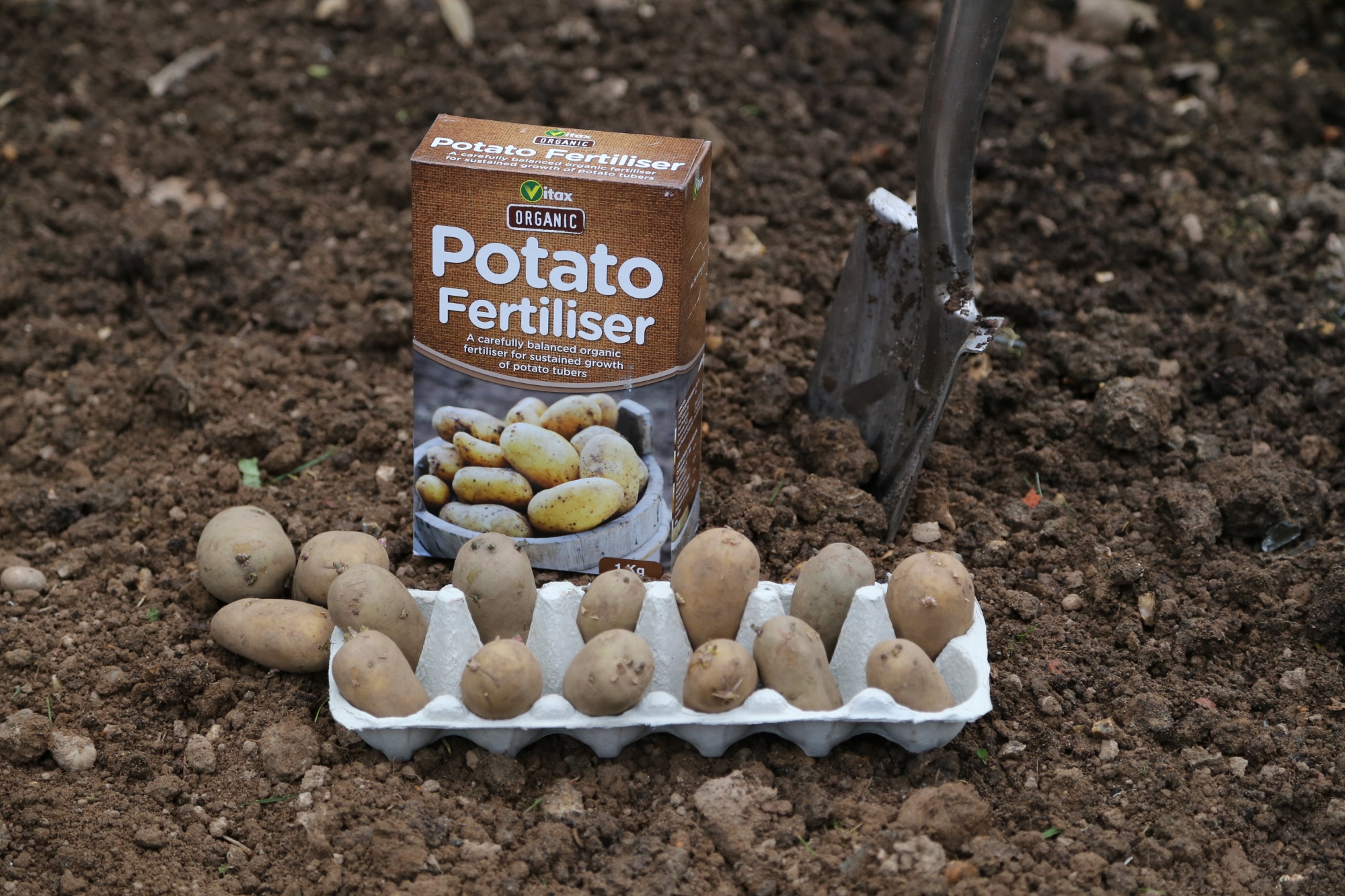
Because they are greedy feeders it is worth using a specific fertiliser; Vitax Organic Potato Fertiliser is ideal. You can apply it when planting, either as a top dressing when preparing the ground, or by mixing in a small handful into each planting hole when you plant out your chitted potato tubers.
On sandy, well-drained soils it is a good idea to reapply when you have earthed up your potatoes and the plants are about 20-30cm (8 – 12”) high. This is when those tiny embryo potatoes are starting to grow. The plants will need plenty of water at this stage. If the soil is dry the nutrients are not available and crops will be poor.
Getting the best from leaf crops
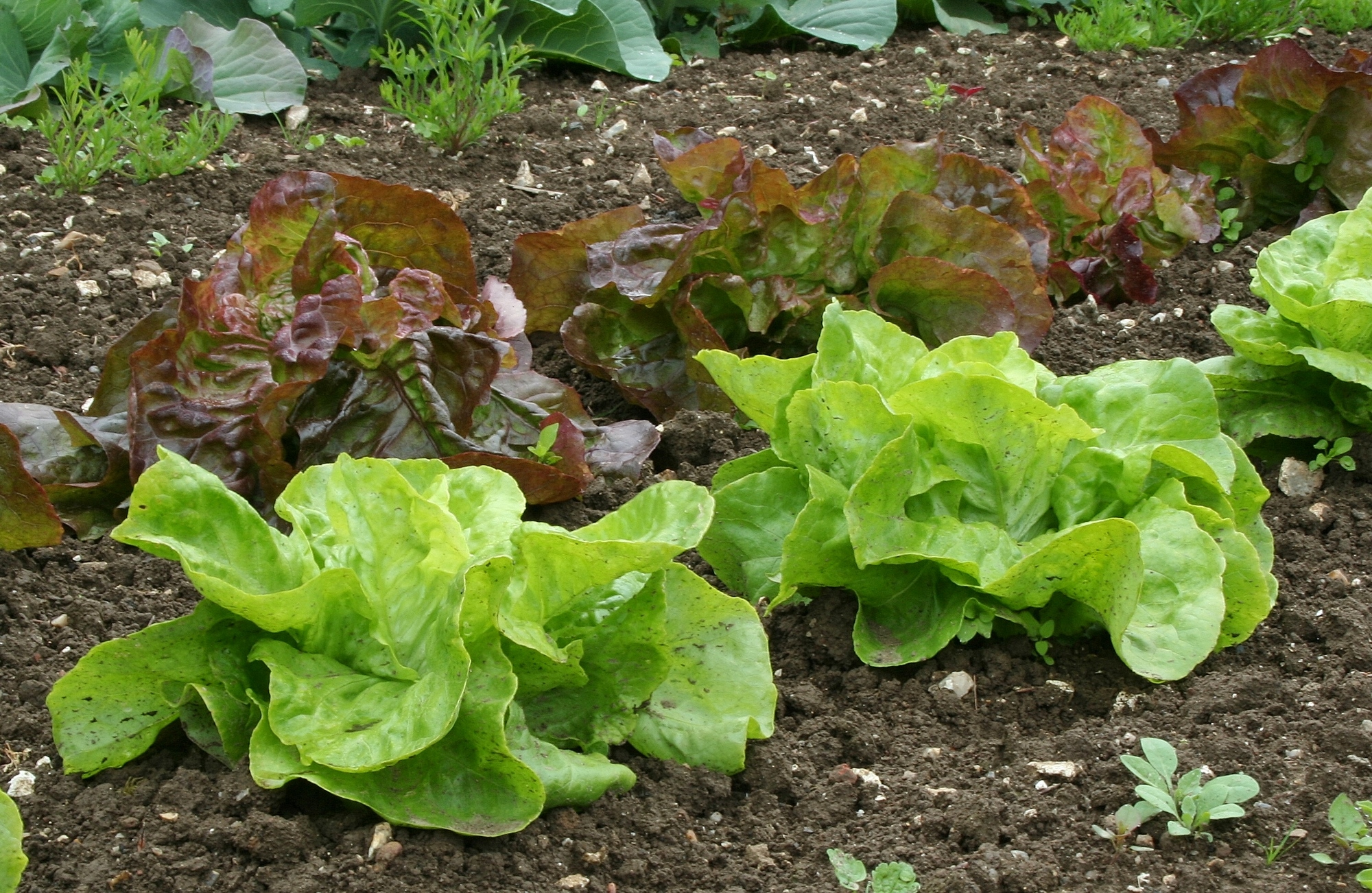 Leaf crops need plenty of readily available nitrogen for them to grow quickly during the spring and summer. Lettuce, other salad leaves, cabbages and kale produce lush, tender foliage when given plenty of water and the right nutrients.
Leaf crops need plenty of readily available nitrogen for them to grow quickly during the spring and summer. Lettuce, other salad leaves, cabbages and kale produce lush, tender foliage when given plenty of water and the right nutrients.
In most cases you will need to water regularly, so it makes sense to feed at the same time. Vitax Vegetable & Leafy Plant Soluble Feed is perfect.
All crops benefit from liquid feeding
The humates and slow-release nutrients in Vitax Q4 All Purpose Premium Feed are also enormously beneficial to other vegetables. So you can use it on root crops such as carrots and radishes. These are badly affected by dry soil which can make them bolt, flower and set seed without producing tender roots. Regular watering and feeding prevents this.
Peas and beans need plenty of water, especially when in flower. Dry soil prevents the flowers from setting and results in poor crops. They also need water when the pods are swelling. Dry soil can result in tough, stringy beans and poor pea crops.
Courgettes and squashes also crop more prolifically when the soil is moist, so keep watering to prevent withered embryo fruits. They grow quickly and use up lots of nutrients in the process.
A little goes a long way
When you buy any liquid fertiliser, always check how far it goes. Some liquids don’t make many can-fulls of feed when you read the small print. Vitax Premium liquid feed is highly concentrated and requires only a couple of cap-fulls of concentrate to make a whole can of liquid fertiliser. They may appear more expensive but they are actually much better value.
Andy McIndoe
For Vitax
Your login details have been used by another user or machine. Login details can only be used once at any one time so you have therefore automatically been logged out. Please contact your sites administrator if you believe this other user or machine has unauthorised access.







